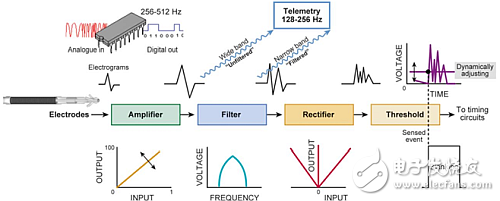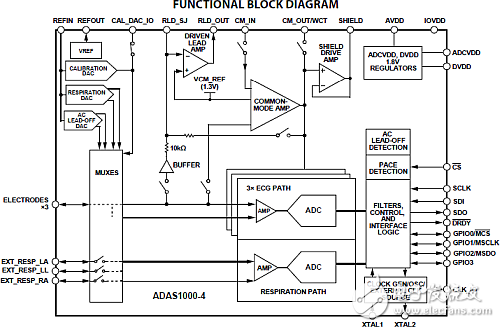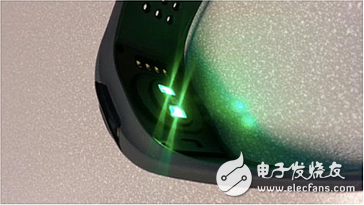Electronic technology is expected to save people's lives by implantable cardioverter defibrillator (ICD) to prevent cardiac arrest - in the case of cardiac arrest, ICD applies a discharge to restart the affected heart's ECG activity .
“ICD is a battery-powered device placed under the skin that tracks your heart rate. Thin wires connect ICD to your heart. If a heart rhythm is detected, if your heart rhythm is disordered and your heart rhythm is too fast, ICD will be administered. Electric shock to restore normal heart rhythm. ICD is very useful in preventing sudden death in patients with known persistent ventricular tachycardia or atrial fibrillation. Studies have shown that for high-risk patients who do not currently have ventricular arrhythmia and are life-threatening, this Class devices may play a role in preventing their cardiac arrest." The Implantable Cardioverter Defibrillator (ICD) (source: American Heart Association (ICD)) states.
Electronic technology has contributed greatly to the implementation of this prevention system, as shown in the block diagram in Figure 1.

Figure 1: Block diagram of the ICD sense amplifier. (Source: American Heart Association)
A new subcutaneous defibrillator has recently been introduced on the market, and this new device has an interesting new feature: for example, it is placed under the patient's skin and can be easily replaced in the event of a malfunction due to component aging:
“Implant-based cardioverter defibrillators are designed to monitor and treat heart rhythm problems, greatly reducing the risks associated with them. Risks associated with such devices, including but not limited to: allergic reactions, bleeding, death, fever, infection Kidney failure, need for surgical replacement, nerve damage, stroke, and tissue damage." (Source: Boston ScienTIfic, Boston Scientific)
Modern medical electronics offers a variety of options to monitor heart rate, and one of the more interesting and widely used applications is the electrocardiogram. There are currently integrated circuits on the market that can monitor ECG activity in real time. The ADAS1000-4 from Analog Devices is an example (see Figure 2).

Figure 2: A block diagram of the ADAS1000-4 that can detect heart rate and breathing rhythm. (Source: ADI)
Another recent development of another electronic device for cardiac monitoring is (see Figure 3):
"ActLight introduces a new generation of heart rate sensors for wearable devices that consume up to 80% less power than existing products on the market and still deliver the same performance. This heart rate sensor is based on ActLight's proprietary dynamic photodiode (DPD) Technology, developed by ActLight in collaboration with a global medical technology semiconductor supplier and the EPFL (AFL), Actlight wrote in a press release for its new heart rate sensor.

Figure 3: A new heart rate sensor made by ActLight. (Source: ActLight)
Do you think electronic technology is expected to help save lives by continuously monitoring the user's heart activity? Do you like this possible application of this technology?
Interface Codecs,Ic Chip Transitor,Integrated Circuit Ic Microcontroller,Ic Chips Integrated Circuits
Shenzhen Kaixuanye Technology Co., Ltd. , https://www.icoilne.com